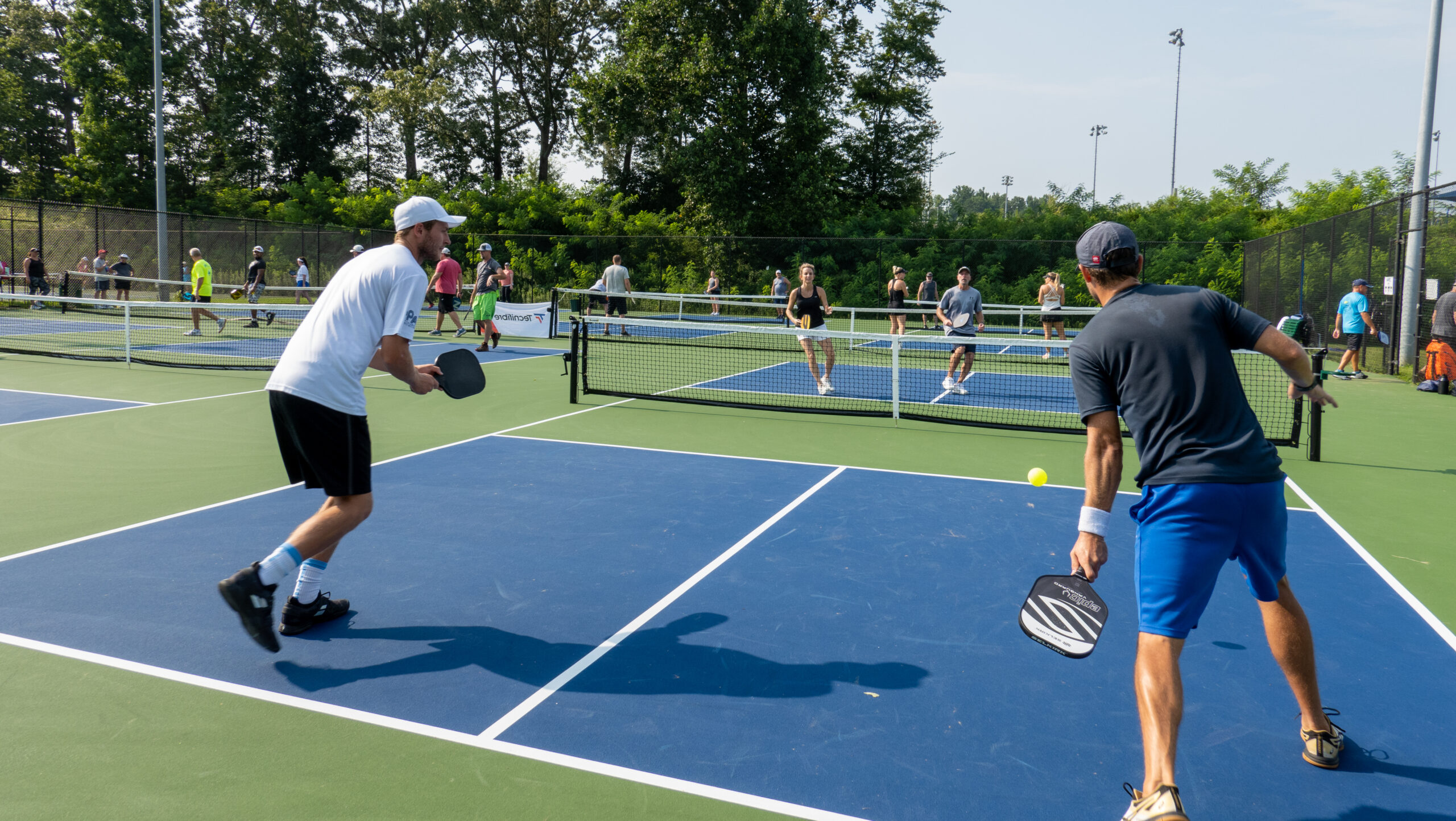Self-rating is an important aspect of pickleball that allows players to evaluate their own skill level. Whether you’re a beginner or an experienced player, accurately assessing your abilities is crucial for finding suitable opponents, joining leagues or tournaments, and tracking your progress. In this blog post, we will explore the concept of pickleball self-rating, providing insights into its significance and guiding you through the process of evaluating your own skill level.
What is Pickleball Self-Rating?
Pickleball self-rating is the process of assessing and categorizing your own skill level in the sport. It involves determining your competency across various aspects of the game, such as serving, returning, volleying, dinking, and strategy. Self-rating provides a framework for players to gauge their abilities and helps ensure fair and balanced matches with opponents of similar skill levels.
The Importance of Accurate Self-Rating
Accurate self-rating is crucial for several reasons:
- Fair Matchups: Self-rating helps ensure fair matchups by pairing players of similar skill levels. Playing against opponents of similar abilities promotes healthy competition, improves skill development, and enhances the overall enjoyment of the game.
- Competitive Opportunities: Self-rating allows you to participate in leagues, tournaments, and organized events that require players to be grouped based on skill levels. Accurate self-rating enables you to find competitive opportunities suitable for your abilities and progress accordingly.
- Personal Progress Tracking: By accurately assessing your skill level, you can track your progress over time. This self-awareness helps you set realistic goals, identify areas for improvement, and monitor your advancement as you work towards becoming a better player.
Evaluating Your Skill Level
To evaluate your pickleball skill level, consider the following factors:
- Consistency: Assess your ability to consistently execute fundamental shots, such as serves, returns, volleys, and dinks.
- Shot Variety: Evaluate your proficiency in using different shots, including topspin, backspin, drop shots, lobs, and dink shots.
- Court Awareness: Consider your understanding of court positioning, shot selection, strategy, and ability to anticipate your opponent’s moves.
- Game Experience: Reflect on your overall experience in playing pickleball, including the number of games, matches, and practice sessions you have participated in.
Skill Rating Categories
Pickleball skill ratings often follow a scale that ranges from beginner to advanced levels. While rating systems may vary, here is a common example:
- 1.0 – Beginner: New to pickleball, limited experience, learning basic rules and strokes.
- 2.0 – Novice: Understands the basic rules, can rally a bit, developing shot consistency.
- 3.0 – Intermediate: Demonstrates improved shot consistency, understands positioning and strategy, participates in organized play.
- 4.0 – Advanced: Consistent shot execution, good court positioning, uses strategy effectively, participates in competitive play.
- 5.0+ – Expert: High-level skills, advanced shot variety, exceptional court awareness, competes at the highest level.
Self-rating is an integral part of the pickleball experience, allowing players to evaluate their skill level and engage in fair and balanced matches. Remember that self-rating is subjective, and it’s important to be honest with yourself to ensure an accurate assessment of your skill level. More details on self-rating can be found on the USA Pickleball website.

Leave a Reply